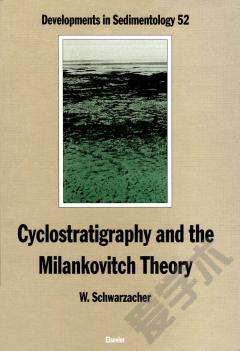Cyclostratigraphy and the Milankovitch Theory
Cyclostratigraphy is concerned primarily with measuring geological time and the time units used in this approach are sedimentary cycles. Milankovitch cycles mark time intervals of tens of thousands to several millions of years. Such cycles are the result of variations in the Earth's position in relation to the Sun and these in turn determine the climatic variations. The Milankovitch theory was resurrected in the 1960's when evidence from Pleistocene deep sea sediments linked orbital variations and climate.This monograph discusses sedimentary cycles and their use in measuring geologic time. There is considerable effort made to clarify the term "sedimentary cycle", in particular, the two opposing concepts of cyclic stratification and event stratification. The recognition of sedimentary cycles and of Milankovitch cycles specifically, is considered and care is taken with the question of relating sediment thickness to time. Several examples from the Carboniferous to the Cretaceous are given to show how cyclostratigraphy can be applied to current geological problems. This volume should be of interest to geologists involved with stratigraphical analysis and basin analysis.
{{comment.content}}








 京公网安备 11010802027623号
京公网安备 11010802027623号